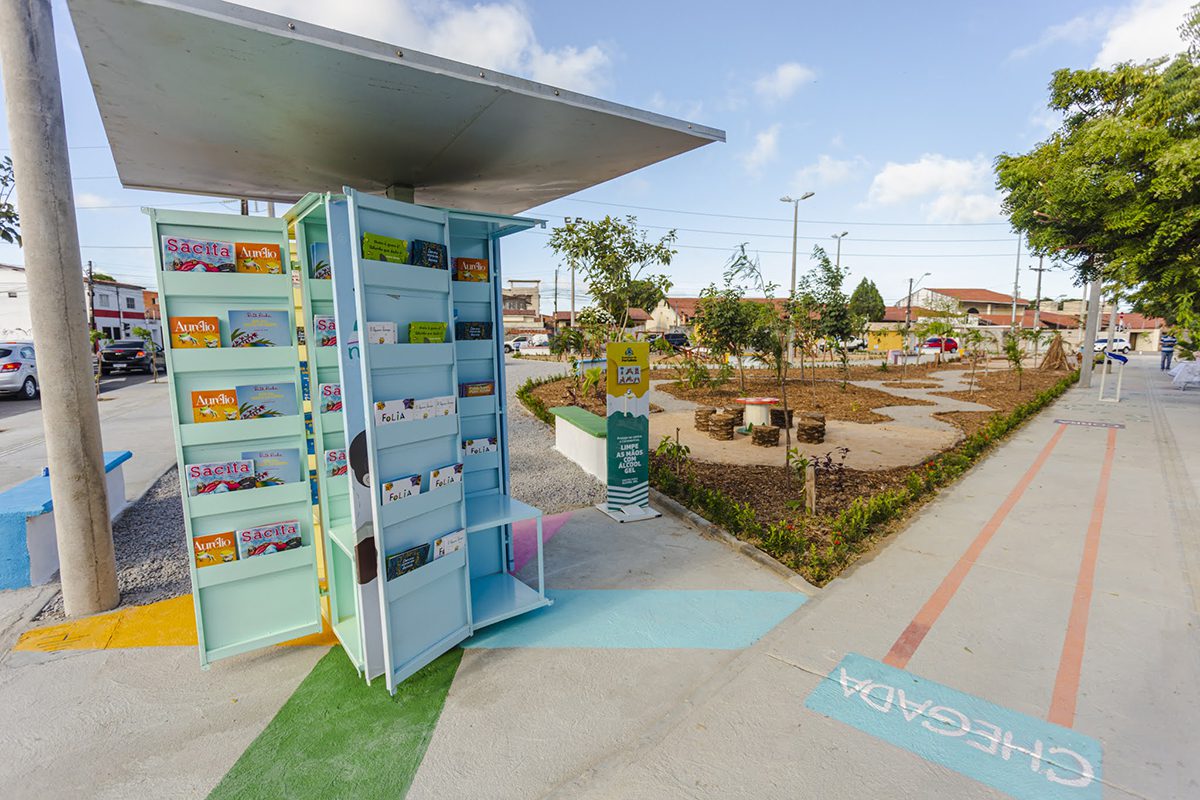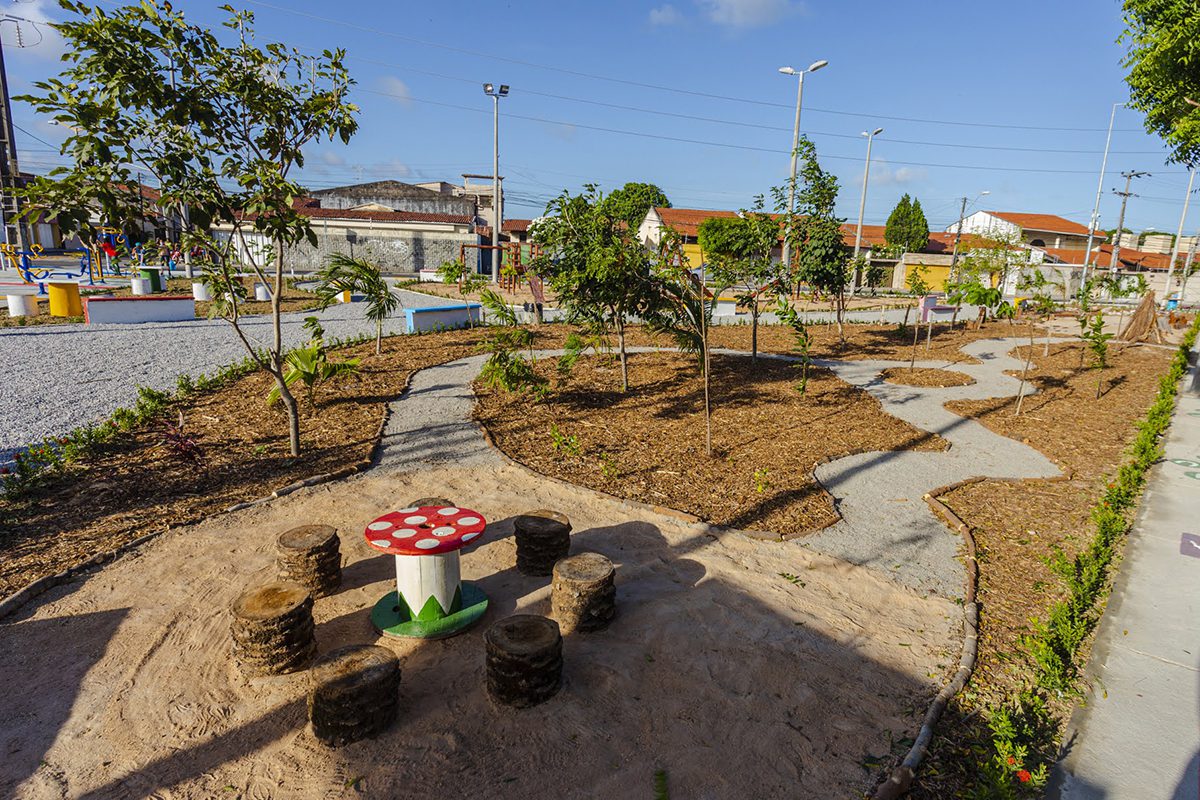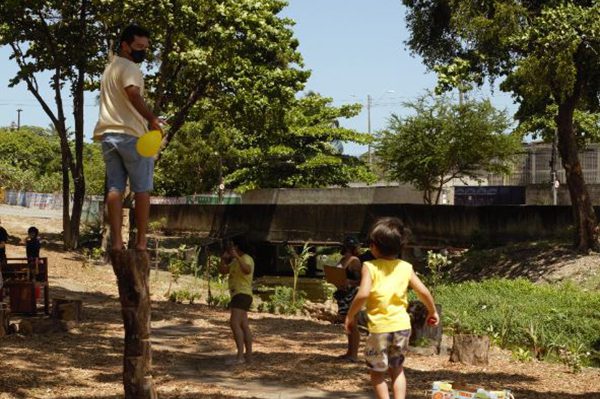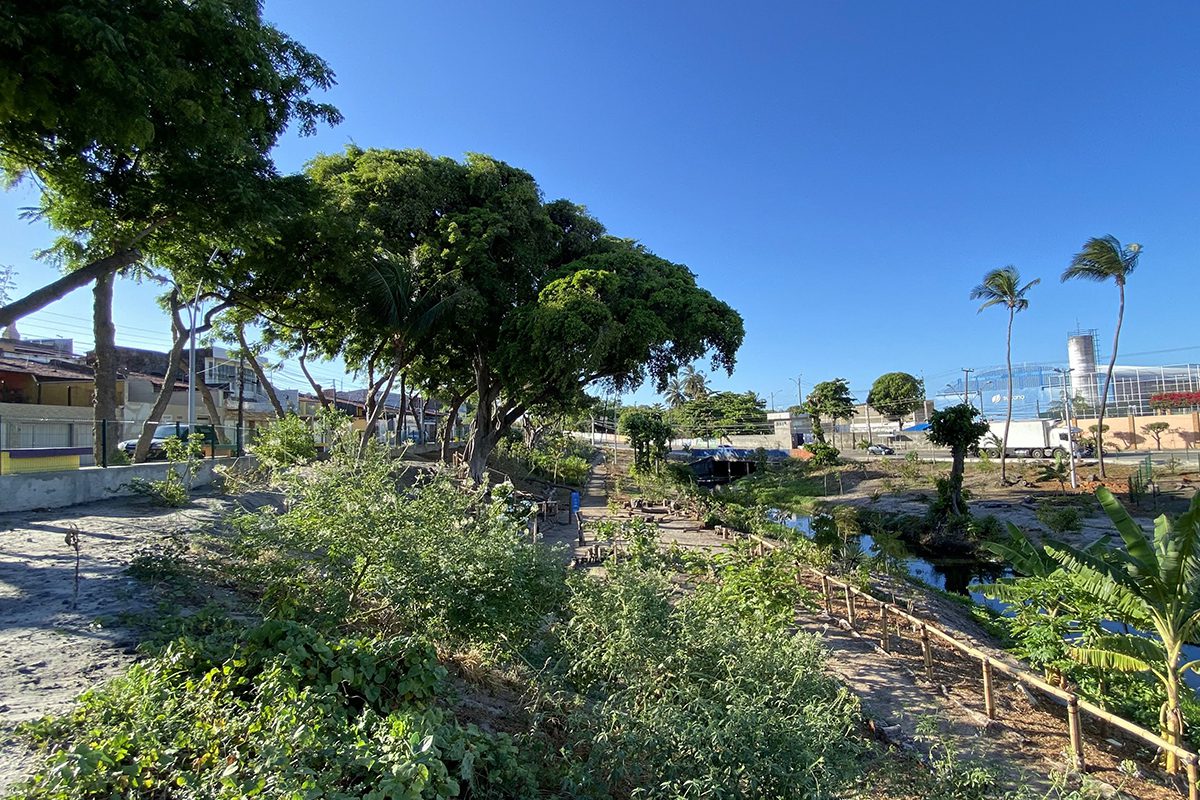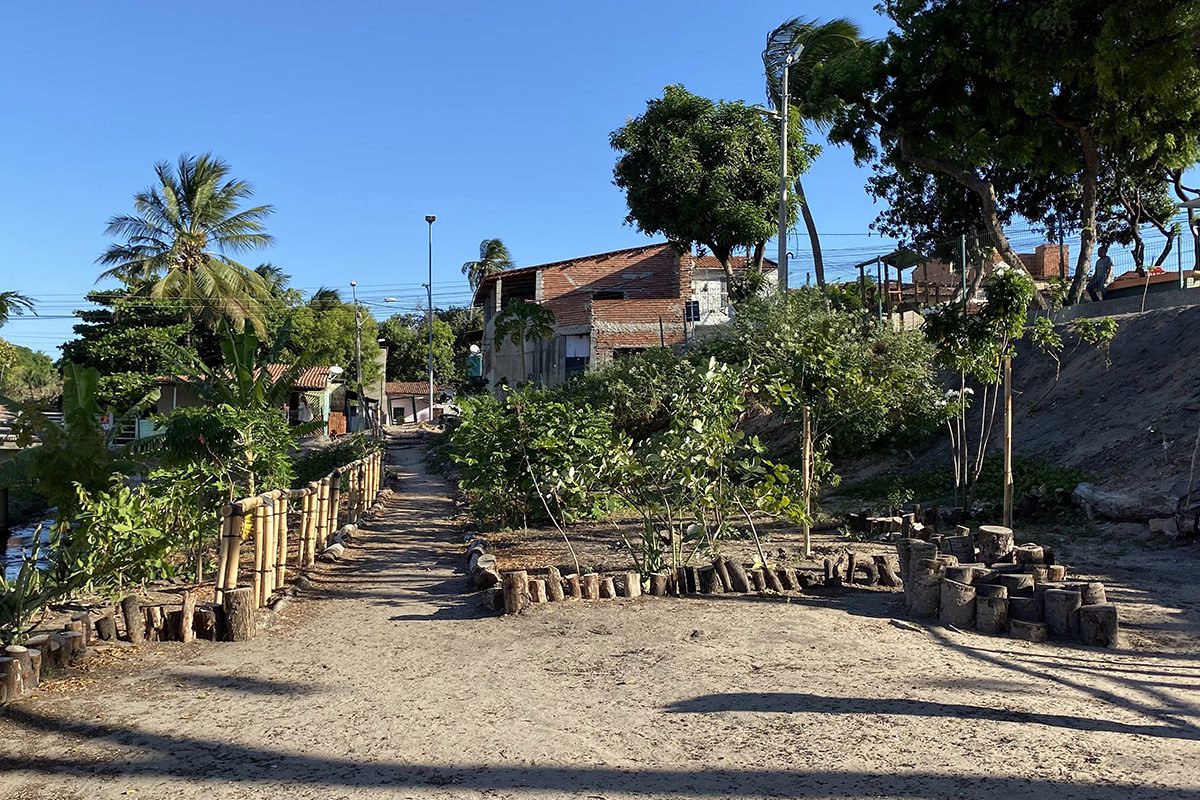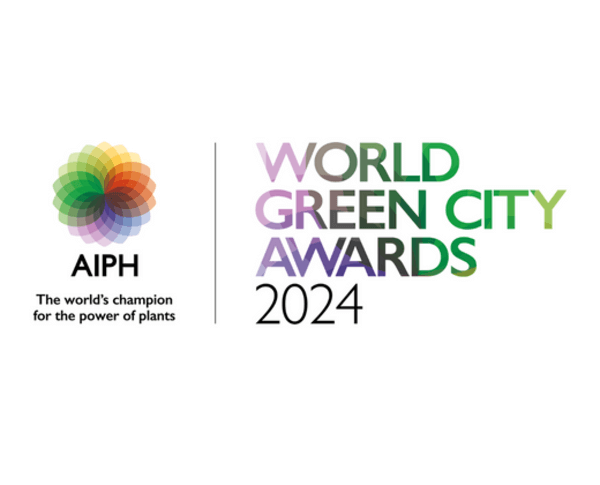City
Fortaleza
Main actors
City Government, Supranational / Intergovernmental Institutions, NGO / Philanthropy
Project area
Whole City/Administrative Region
Duration
Ongoing since 2020
The City of Fortaleza’s Urban Micro Parks initiative combines two concepts for enabling the population to be in closer contact with nature: the recovery of degraded areas and the construction of new public spaces. The Naturalized Park concept proposes the use of elements such as trunks, branches and the topography and vegetation of the land to create places for socializing and playing that are more attractive for citizens and more engaging and challenging for children.
Originally published by AIPH World Green City Awards: Link to case study
AIPH World Green City Awards
This project was awarded the 'AIPH World Green City Awards' in 2022 in the following category: Living Green for Health and Wellbeing.
On Map
The Map will be displayed after accepting cookie policy

